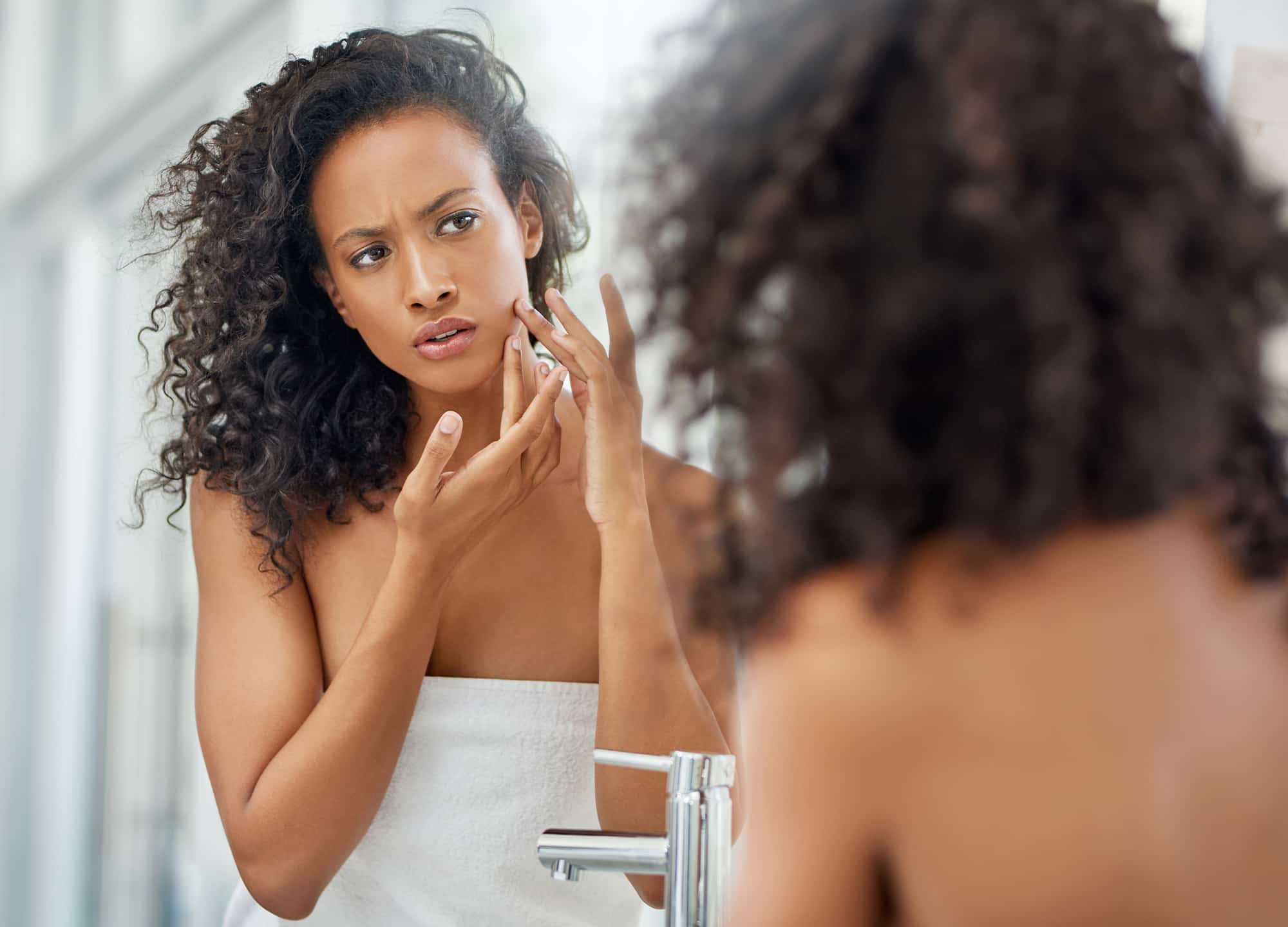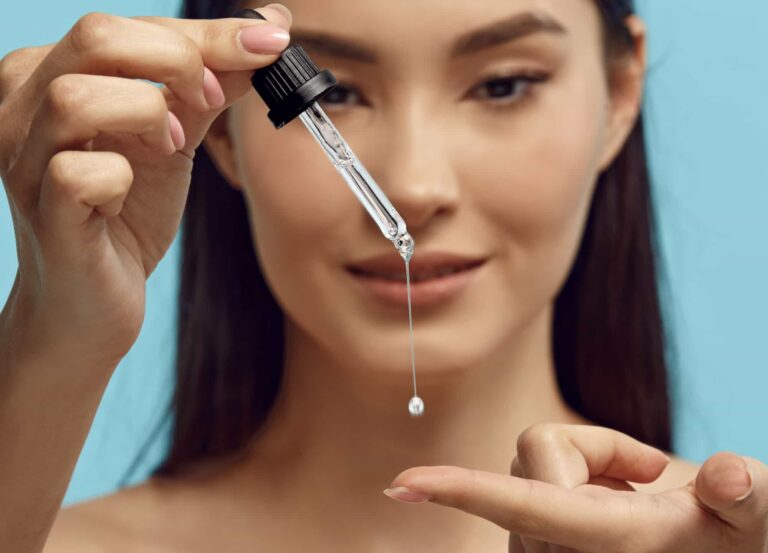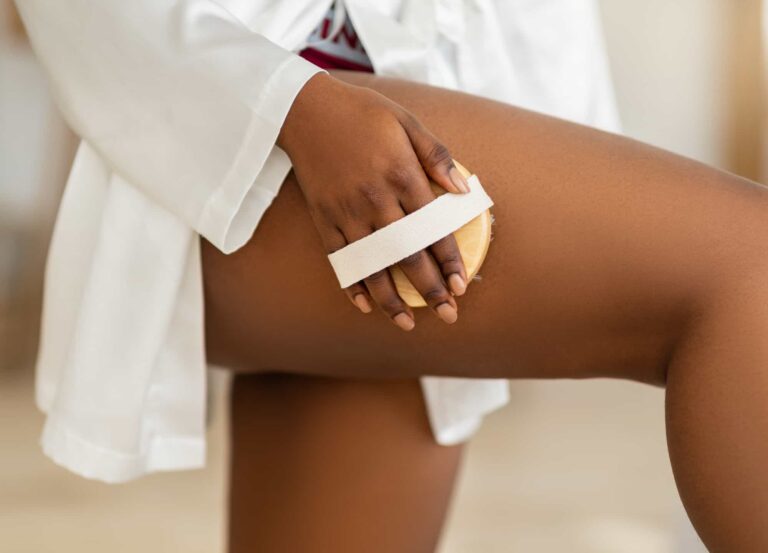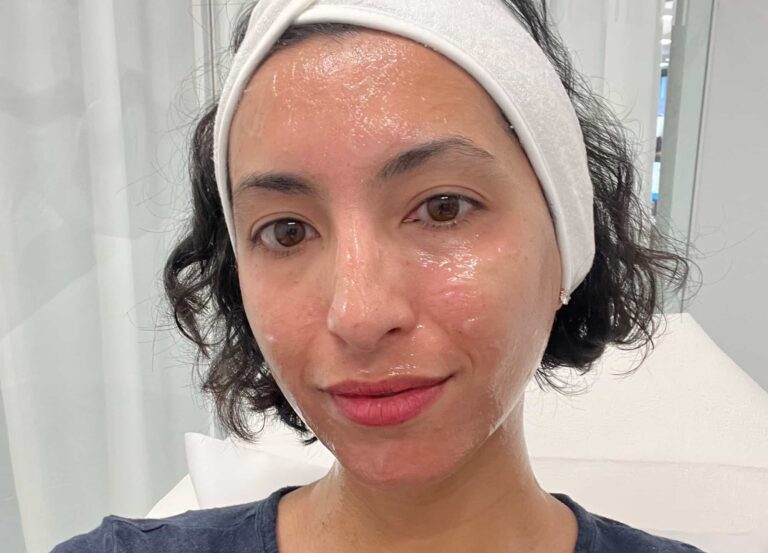Retinol: the gold standard of topical anti-aging skin care. The vitamin A derivative is one of the best-studied ingredients and has been proven to speed up the skin’s cellular turnover and promote collagen, both actions that create a more youthful-looking complexion. But, retinol does have a downside: it can cause irritation (especially when overused) that can make all but the most resolute skin-care users give up on the product before benefiting from the results.
Why does retinol burn my skin?
For those who aren’t already accustomed to retinol, irritated skin post-use—also known as “retinol burn”—may develop when you first start incorporating the ingredient into your routine. “Medically speaking, [retinol burn] is a contact irritant dermatitis, meaning not an allergic reaction but more like a sensitivity reaction to a product,” says Delray Beach, Florida, dermatologist Dr. Janet Allenby. “Symptoms can be fairly quick-onset—less than 24 hours—[resulting in] redness, tenderness, peeling, and in severe cases, even blistering.”
Thankfully, there are easy ways to prevent retinol burn as well as treat it. Here, two top dermatologists sound off on their best tips for this pesky reaction.
Related: Retinol vs. Vitamin C for Skincare: Know the Difference and What’s Right for You
How to prevent retinol burn by buffering
If you have skin that’s normally dry or sensitive, you may be more susceptible to developing retinol burn. So when beginning a new retinol-based regimen, go slow and layer correctly by using a technique known as “buffering.” “Start off using it every other night, the first two weeks,” says La Jolla, California, dermatologist Dr. Azadeh Shirazi. Apply a thin layer of a hyaluronic acid serum, like the Pestle & Mortar Hyaluronic Acid Serum ($59), or a hydrating moisturizer—try Cerave Daily Moisturizing Lotion ($11)—to your skin before administering the retinol. This layering will create a buffer between your skin and the formula and will dilute the retinol so that it’s gentler on the skin. You also never want to apply your retinol treatment around the eyes. Retinol burns under the eyes will be worse than in other areas, since the skin there is so thin and delicate.
Additionally, Dr. Shirazi says that controlling dosage could help prevent retinol from burning your skin as well. “I recommend starting with a retinol in a measured dropper or pump, such as The Ordinary’s 0.5% Retinol in Squalane [$6] or the Lift & Renew 5X [$83], [which contains] green tea and hyaluronic acid,” she explains. “With these dispensers, you know how much to use—one pump or half a dropper.”
Starting with over-the-counter retinols before going straight for prescription-strength products is also a good idea. “Most of the over-the-counter retinols are fairly weak and less likely to [cause] reactions,” says Dr. Allenby. Once the skin has acclimated to the OTC retinol, you can advance to a stronger product, to improve results. “I like the SkinBetter Science AlphaRet Overnight Cream [$120]—it doesn’t seem to cause the traditional irritation associated with the retinol burn.”
Related: 7 Tricks Derms Swear By for Getting the Best Results With Retin-A
How to treat retinol burn
The most important tip for treating retinol burn is an obvious one: discontinue the use of your retinol the moment you notice your skin reacting poorly to it. You’ll be able to reintroduce retinol back into your routine again later, using less frequency and smaller amounts. But for now, put the retinol down.
Once you’ve paused your retinol routine, begin treating the area with soothing products to reduce inflammation. “Cool-water soaks and products that can be used on sunburns can be used at home,” says Dr. Allenby. “Antihistamines, Motrin or Advil can be taken orally [for pain].”
Dr. Shirazi recommends applying a ceramide-based moisturizer, like Vanicream ($13), every day to help heal the complexion and rebuild the skin barrier. “There are over-the-counter oatmeal soaks and aloe vera gels that can be used to reduce inflammation and soothe the skin too,” adds Dr. Allenby.
While recovering from retinol irritation, it is vital to put your other exfoliating products on hiatus. “Be aware that other products in your regimen can make your retinol burn [worse],” says Dr. Shirazi. “Use only a gentle cleanser and sensitive skin moisturizers and avoid all other products for six weeks.” That means peels, exfoliating scrubs, and anything containing ingredients like benzoyl peroxide, salicylic acid, or glycolic acid should not be used during this time.
While retinol burn will usually clear up on its own, see a dermatologist if your skin continues to get worse or if fluid-filled blisters begin to form; this indicates that your reaction is more severe. Knowing when to turn to the experts can mean the difference between a fully healed complexion and hard-to-treat scars.











